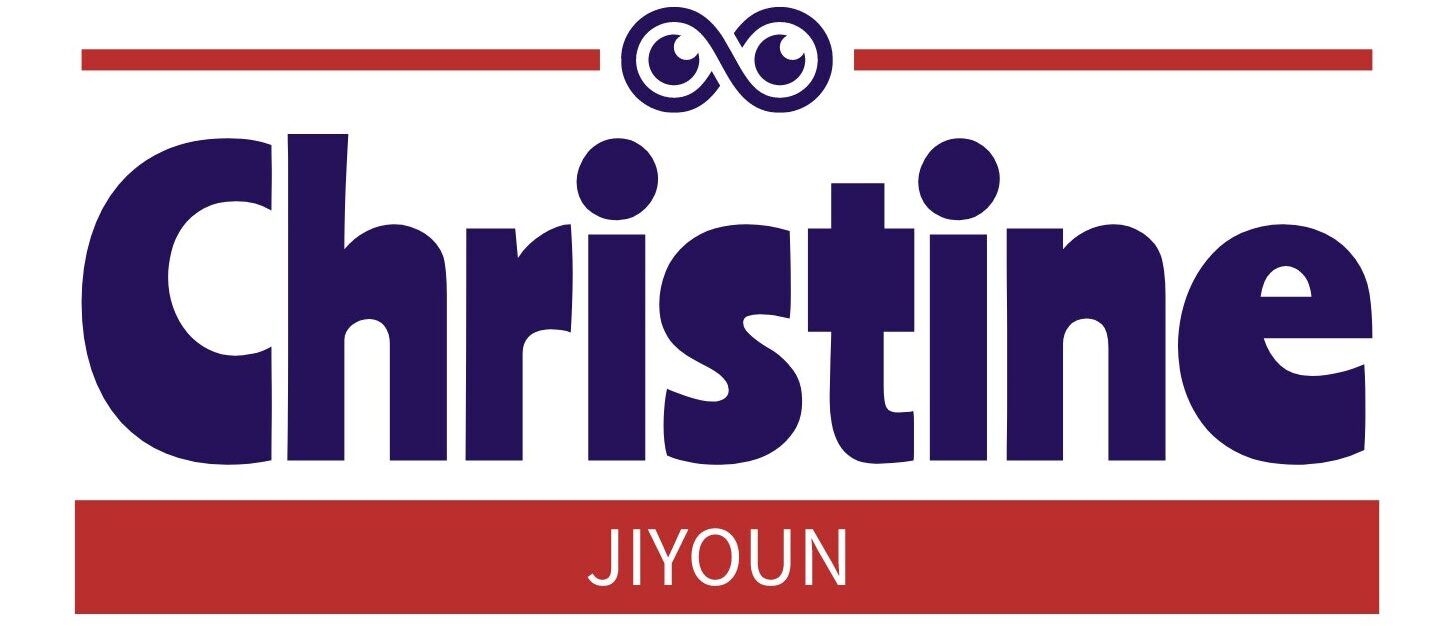2024 Tax Return Tips and Key Differences from 2023
As the 2024 tax season approaches, it’s crucial to stay informed about the latest changes and strategies to optimize your tax return. Whether you’re an individual taxpayer or a business owner, understanding the key differences from 2023 can help you maximize deductions, avoid penalties, and ensure a smooth filing process.
Key Changes for the 2024 Tax Season
1. Standard Deduction Adjustments
The IRS has increased the standard deduction to adjust for inflation:
- Single filers: $14,600 (up from $13,850 in 2023)
- Married filing jointly: $29,200 (up from $27,700 in 2023)
- Head of household: $21,900 (up from $20,800 in 2023)
If your itemized deductions do not exceed these amounts, taking the standard deduction may be the best option.
2. Tax Bracket Adjustments
The tax brackets have been slightly adjusted to account for inflation. While tax rates remain the same, the income thresholds have shifted, which could impact your taxable income and overall tax liability.
3. Child Tax Credit Updates
- The Child Tax Credit remains at $2,000 per qualifying child.
- The refundable portion (Additional Child Tax Credit) has increased to $1,700 (up from $1,600 in 2023).
4. Retirement Contribution Limits Increased
- 401(k) contribution limit: $23,000 (up from $22,500 in 2023)
- IRA contribution limit: $7,000 (up from $6,500 in 2023)
Maximizing these contributions can lower your taxable income and boost your retirement savings.
5. Health Savings Account (HSA) Contribution Limits
- Individual: $4,150 (up from $3,850 in 2023)
- Family: $8,300 (up from $7,750 in 2023)
For those with high-deductible health plans, contributing to an HSA offers tax advantages and long-term savings.
6. Energy-Efficient Home Improvements Credit
Homeowners making energy-efficient upgrades can claim a tax credit of up to 30% on qualifying expenses, with a maximum annual limit of $3,200.
7. Electric Vehicle (EV) Tax Credit Updates
Qualified new EV purchases may be eligible for up to a $7,500 credit, while used EVs may qualify for a credit of up to $4,000.
Tax Filing Tips for 2024
1. File Early to Avoid Delays
The IRS begins accepting returns in late January. Filing early reduces the risk of identity theft and ensures quicker refunds.
2. Organize Your Documents
Gather W-2s, 1099s, investment statements, mortgage interest documents, and any other relevant tax forms before you start filing.
3. Consider Itemizing Deductions
If your deductions exceed the standard deduction, itemizing could lead to greater tax savings. Keep receipts for medical expenses, charitable donations, and home mortgage interest.
4. Maximize Retirement Contributions
Contributing to an IRA or 401(k) before the tax deadline can help lower your taxable income and secure your financial future.
5. Utilize Tax Software or a Professional
Tax software can help identify deductions and credits you may have missed, but hiring a professional can provide personalized advice, especially for complex tax situations.
Conclusion
Staying informed about these changes and planning accordingly can help you make the most of your 2024 tax return. Whether you’re taking advantage of new deductions, adjusting for inflation-based tax bracket shifts, or maximizing retirement contributions, careful preparation is key. Start early, stay organized, and consult with a tax professional if needed to ensure you’re getting the best possible return this tax season.

